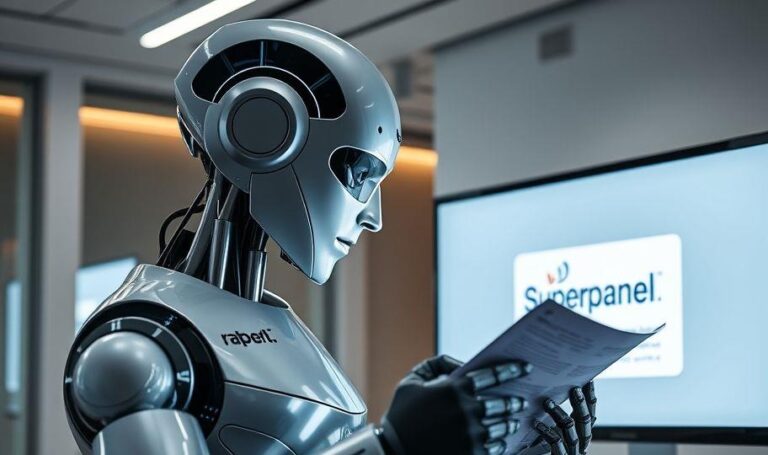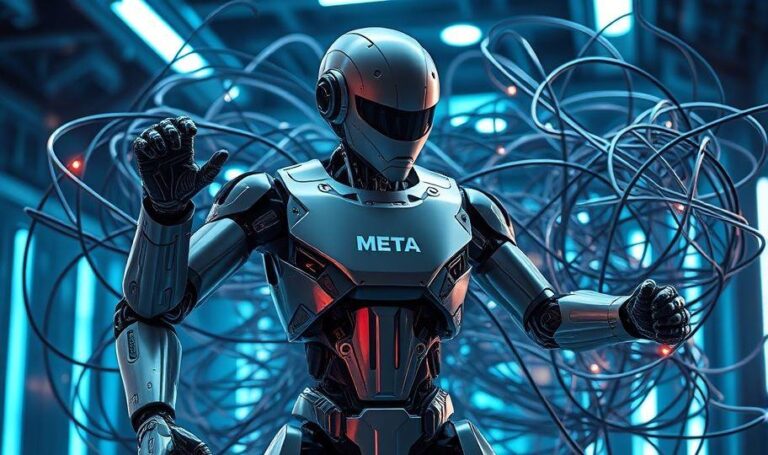Anthropic: AI Models Hallucinate Less Than Humans

Anthropic CEO: AI Models Outperform Humans in Accuracy The CEO of Anthropic recently made a bold claim: AI models, particularly those developed by Anthropic, exhibit...
⏱️ Estimated reading time: 2 min
Latest News
Anthropic CEO: AI Models Outperform Humans in Accuracy
The CEO of Anthropic recently made a bold claim: AI models, particularly those developed by Anthropic, exhibit fewer instances of hallucination compared to their human counterparts. This assertion sparks a significant debate about the reliability and future of AI in critical applications.
Understanding AI Hallucinations
AI hallucinations refer to instances where an AI model generates outputs that are factually incorrect or nonsensical. These inaccuracies can stem from various factors, including:
- Insufficient training data
- Biases present in the training data
- Overfitting to specific datasets
These issues cause AI to confidently produce false or misleading information. Fixing this problem is paramount to improve AI Trustworthiness.
Anthropic’s Approach to Reducing Hallucinations
Anthropic, known for its focus on AI safety and ethics, employs several techniques to minimize hallucinations in its models:
- Constitutional AI: This involves training AI models to adhere to a set of principles or a constitution, guiding their responses and reducing the likelihood of generating harmful or inaccurate content.
- Red Teaming: Rigorous testing and evaluation by internal and external experts to identify and address potential failure points and vulnerabilities.
- Transparency and Explainability: Striving to make the decision-making processes of AI models more transparent, enabling better understanding and debugging of errors.
By implementing these methods, Anthropic aims to build responsible AI systems that are less prone to fabricating information.
Comparing AI and Human Hallucinations
While humans are prone to cognitive biases, memory distortions, and misinformation, the Anthropic CEO argues that AI models, when properly trained and evaluated, can demonstrate greater accuracy in specific domains. Here’s a comparative view:
- Consistency: AI models can consistently apply rules and knowledge, whereas human performance may vary due to fatigue or emotional state.
- Data Recall: AI models can access and process vast amounts of data with greater speed and precision than humans, reducing errors related to information retrieval.
- Bias Mitigation: Although AI models can inherit biases from their training data, techniques are available to identify and mitigate these biases, leading to fairer and more accurate outputs.
Related Posts

Superpanel’s $5.3M Seed AI Legal Intake Automation
AI Company Superpanel Secures $5.3M Seed to Automate Legal Intake Superpanel an AI-driven company recently...
September 23, 2025

Meta Enters AI Regulation Fight with New Super PAC
Meta Launches Super PAC to Tackle AI Regulation Meta has recently launched a super PAC...
September 23, 2025

Tim Chen The Sought-After Solo Investor
Tim Chen A Quiet Force in Solo Investing Tim Chen has emerged as one of...
September 23, 2025











Leave a Reply